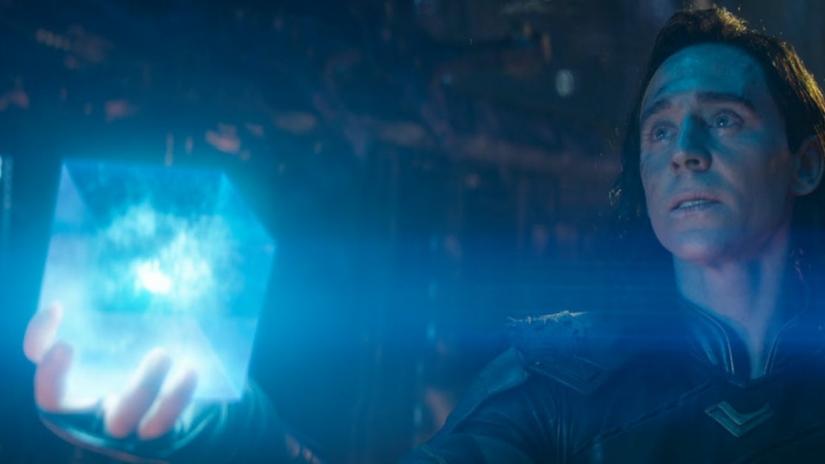Movie magic is renowned for its ability to glamorize even the most mediocre aspects of a plot. However, what often goes unnoticed is that Hollywood also has a knack for glamorizing and recycling obscure vocabulary in order to make it more palatable for an audience.
One dramatic example of this is the idea of the Tesseract, which is central to the early films of perhaps the most beloved movie franchises of our time: The Marvel Cinematic Universe.
According to Marvel’s Fandom.com page, the mystical object was first depicted only briefly in Iron Man 2.
Famous for end-credit previews, Marvel gave the Tesseract its first real appearance in the final credits of Thor, which was released in the spring of 2011.

After, it made explicit appearances in the next two Marvel films, Captain America: The First Avenger in 2011 and in The Avengers, released in 2012. Although it also appears in later films, it’s most helpful to get to the Tesseract based on the context of the early Marvel films already mentioned.
For the majority of its appearances on screen, the Tesseract is represented by a sleek, glowing, blue cube.
However, its most accurate representation in the film series was actually in Iron Man 2, where it was illustrated in a journal inherited by Tony Stark.
More accurate yet would be its representation in Marvel print comics where it existed as the “Cosmic Cube.”
As an actual geometric concept, a tesseract bears almost no resemblance whatsoever to its luminous Marvel counterpart. In reality, a tesseract is a four-dimensional figure that, in layman’s terms, is best described as a cube-within-a-cube. Even though a geometric tesseract doesn’t glow, it’s still alight with mind-bending complexity.

Mathematically, we all exist in a three-dimensional space. Anything that can be described as having a volume functions in three dimensions.
But a real tesseract isn’t a 3D shape like it’s depicted in the movies. What you see in the movies is, in fact, a glorified cube. Simply put, the conceptual difference between a cube and a tesseract is that a cube has square faces, whereas a tesseract has faces that are cubes.
A true tesseract can only exist in four dimensions. According to WolframMathWorld, the technical definition is a shape “composed of eight cubes with three to an edge, and therefore has 16 vertices, 32 edges, 24 squares, and eight cubes,” and has “261 distinct nets.”
If you think this sounds like gibberish, you’re not alone. The difficulty with imagining and describing 4D shapes is that we only have 2D, or at best, 3D tools for aids. I would encourage you to look at some computer renderings of a tesseract undergoing a multi-plane rotation to get a better idea of what the actual geometric concept looks like.
Plus, if you tell your friends that you studied a “rendering of a tesseract in multi-plane rotation last night,” you’ll be likely to get the satisfaction of seeing a seriously dumbfounded expression in reaction.
Although a geometric tesseract doesn’t intrinsically hold any mystical abilities, Marvel’s rendition gives the shape (and its contents) powers matched by few other sources in the Marvel Cinematic Universe.
In fact, the movies pose the Tesseract as a glamorized solution of a very real hope for renewable energy that exists in the Marvel Universe, as well as our own.
